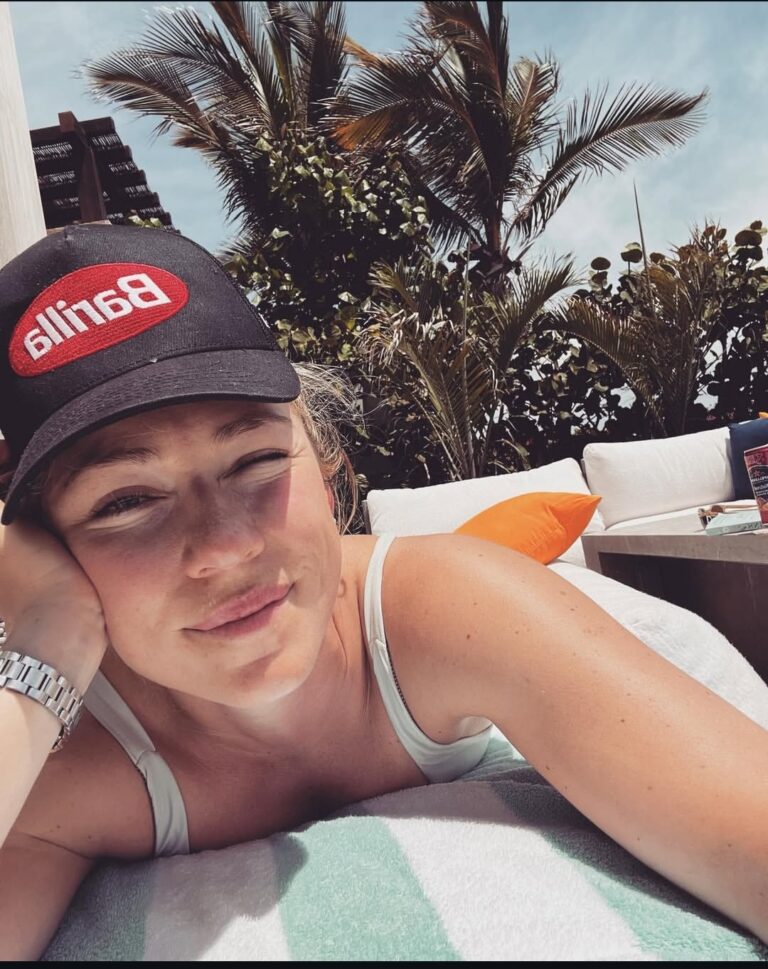Mikaela Shiffrin doesn’t whisper when she’s angry. She carves.Three days before the Audi FIS Alpine Ski World Cup women’s slalom in Levi, the 30-year-old 
“I’m not here to survive Levi,” she told a huddle of reporters, voice low but edged like her 13-meter Atomic slaloms. “I’m here to own it.”
The quote—captured on a shaky iPhone video by a Finnish junior racer—exploded within minutes. By nightfall #OwnLevi was the No. 1 trending sports hashtag in Scandinavia, and the clip had 2.3 million views on TikTok. Shiffrin’s team didn’t flinch; they amplified it. Her Instagram story simply reposted the moment with a single fire emoji.
This isn’t bravado. It’s blueprint.
Shiffrin arrived in Lapland on Monday with a 40-page “Levi Dossier” compiled by her mother-coach Eileen and biomechanist Flavio Roda. Inside: heat-maps of every gate placement since 2013, wind-tunnel data on her new helmet visor, and—most telling—a red-inked margin note on page 27: “Own the transition, own the race.”
On Tuesday, she owned the hill in practice. Timing beacons clocked her 0.38 seconds faster than any rival on the steep pitch between gates 12 and 18—the exact section where she lost the 2023 Levi race by 0.02 seconds to Petra Vlhová. Drone footage leaked Wednesday shows Shiffrin attacking that pitch like it owes her money: hips square, hands forward, skis chattering but never late.
“I watched last year’s crash replay 47 times,” she admitted Thursday morning, sipping coffee in the team trailer. “Not to feel sorry. To feel the edge. I know exactly where I hesitated. Hesitation is death in slalom. Ownership is life.”
Ownership looks different this season. Gone are the pastel race suits of 2024; Shiffrin’s new Atomic kit is matte black with a single crimson streak—blood on snow. Her pre-race playlist, accidentally shared via Spotify, loops Metallica’s “Enter Sandman” on repeat. Even her warm-up routine has teeth: 90-second planks while reciting gate numbers aloud.
Rivals noticed. Croatia’s Zrinka Ljutić, the 20-year-old defending slalom Crystal Globe holder, watched Shiffrin’s final training run from the lift and muttered to her coach, “She’s skiing like the hill insulted her mother.” Switzerland’s Wendy Holdener, a seven-time Levi podium finisher, simply shook her head: “That’s not prep. That’s possession.”
The possession extends off-snow. Shiffrin refused the traditional pre-Levi reindeer-sausage media dinner, opting for a solo 10 p.m. pasta bowl in her hotel room while annotating course video on an iPad. Fiancé Aleksander Aamodt Kilde, still rehabbing in Norway, FaceTimed at 11:07 p.m. Their exchange—overheard by a housekeeper—lasted 43 seconds:
Kilde: “You good?”
Shiffrin: “I’m not good. I’m inevitable.”
Kilde: (laughs) “Then go own it.”
She hung up, killed the lights, and slept four hours.
Race day is Saturday. First run: 10:15 CET. The Levi Black course is 59 gates of rutted ice under floodlights and possible aurora. Shiffrin starts bib No. 1—the same number she wore when she won her first World Cup here in 2012 at age 17. The reindeer trophy for the winner awaits. So does history.
Seven Levi slalom victories already tie the all-time record for most wins at a single venue. An eighth would stand alone. But Shiffrin’s gaze is further: 102 career World Cup wins, a ninth slalom Globe, and a statement to every doubter who wrote her off after last season’s knee injury.
As the start hut looms Saturday morning, one phrase will echo in her head—not a coach’s instruction, not a statistic, but her own vow, now immortalized on T-shirts already selling outside the finish arena:
“I’m not here to survive Levi. I’m here to own it.”
The hill has been warned.
